From December 11, 2021 to April 18, 2022, the exhibition La Fabbrica del Rinascimento. Creative Processes, Market, and Production in Vicenza, curated by Guido Beltramini (director of the Andrea Palladio International Center for the Study of Architecture), Davide Gasparotto (Senior Curator of Paintings at the J. Paul Getty Museum in Los Angeles), and Mattia Vinco (researcher of History of Modern Art at the University of Trento). For the first time, an exhibition traces the events of the Renaissance in Vicenza with the works of all the great artists who worked in the city at the time, from Palladio to Veronese, from Jacopo Bassano to Alessandro Vittoria. There are many new features: reunited in the city several masterpieces absent for centuries, for the first time an exhibition on the Venetian Renaissance reflects on the intertwining of the three arts, and much more. We talked about all this with curator Mattia Vinco in this interview edited by Ilaria Baratta.
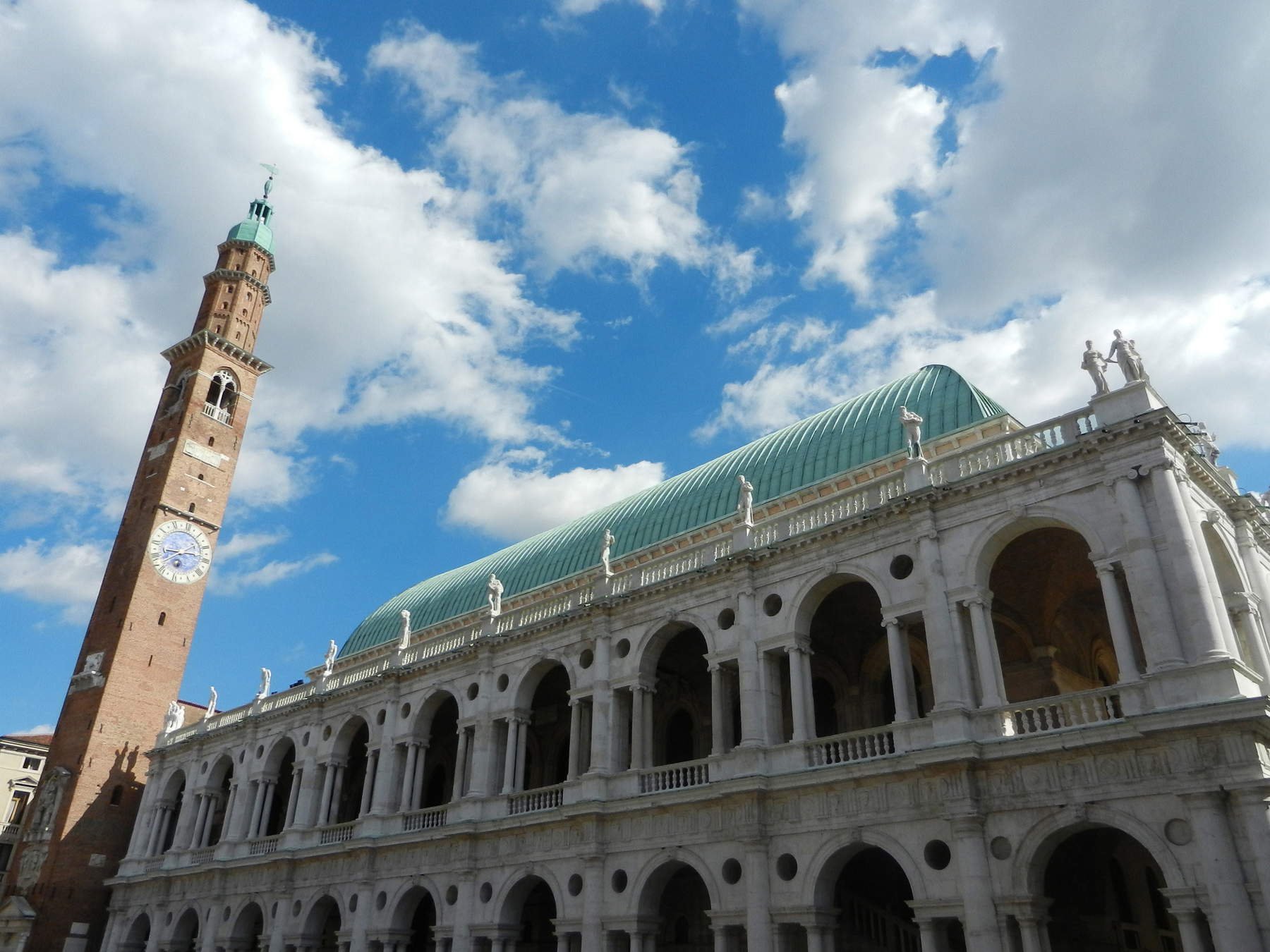
IB. What gave you the idea for this exhibition dedicated to fifty years of art in Vicenza, from 1550 to 1600?
The exhibition was born from a shared project by Guido Beltramini, Davide Gasparotto and Mattia Vinco, with which they tried to focus on the main moments of the artistic rebirth of the city of Vicenza in the 16th century. Lattention was focused on certain events that occurred around the year 1550 that represented a real turning point for Vicenza’s historical artistic environment. Until now Palladio’s age had been recounted in an encyclopedic manner, so to speak. With this research and the resulting exhibition, however, it was preferred to highlight the turning points crucial for understanding the period in question. This renaissance is not only an art-historical renaissance, but also an economic and social one. For this reason, with the help of the historian of economics Edoardo Demo, and the other contributors to the catalog, we have tried to work on several levels, keeping in mind also the historical context within which these artists were moving, not least the spiritual and religious context, given that the city of Vicenza was one of the most sensitive in Italy to the instances of reform.
What was the historical and cultural context in Vicenza in those years?
The most significant event was certainly the entry of Bishop Niccolò Ridolfi in 1543. The benefice had been granted to him in 1524, but almost twenty years passed before he took office. Ideally Niccolò is a link with the Rome of Leo X and Clement VII, in which the most important Vicenza artist of the first half of the sixteenth century, lorafo Valerio Belli, had found fortune. Ridolfi was a member of the Medici family on his mother’s side and as early as 1518 was in correspondence with Vicenza’s greatest humanist, Giangiorgio Trissino. We can say that Bishop Ridolfi’s settlement tells well of a two-speed city in the middle of the century. The task of directing and designing the ephemeral apparatus for his entrance is entrusted to the young Andrea Palladio, while their decoration to painters of a still late fifteenth-century culture, with the lecception of Giovanni Battista Maganza, a friend of Palladio himself and the humanist Giangiorgio Trissino. Larchitecture, in short, proves to be much more up-to-date than the others, and particularly than painting, precisely because of the early presence of Jacopo Sansovino in Venice and Giulio Romano in Mantua, who constituted the indispensable points of reference for the young Palladio’s training.
It is referred to in the title as the Factory of the Renaissance. The importance of this city at that time is given by the presence in Vicenza of some of the major Italian Renaissance artists who also had relationships with other important entities. Which were the main ones and what contribution did each of them make to Vicenza art?
In 1551 (or perhaps as early as 1547) Alessandro Vittoria, a sculptor from Trentino who had, however, already settled in Venice to join Jacopo Sansovino’s workshop, arrived in the city to decorate some rooms of the Palazzo Thiene, a building designed by Andrea Palladio. Vittoria brought to his stuccoes a completely new sensibility, updated on Primaticcio’s experiences in Fontainebleau, and a reinterpretation of Michelangelo’s lexicon in a decorative key. Paolo Veronese in 1552 painted some frescoes, unfortunately lost, in another Palladian palace, that of Iseppo Porto, Livia Thiene’s husband, whose stupendous pair of portraits he also made; moreover, in 1549, the Vicentine architect Palladio was given the task of restoring and giving a new look to the Basilica Palladiana (the exhibition venue) and of designing the Palazzo Chiericati, which with its portico supported by columns represents perhaps the greatest novelty of his language. Finally, in the province of Vicenza, in Bassano, Jacopo da Ponte rediscovered in those same years the art of Parmigianino, in perfect parallel with Veronese and Vittoria.

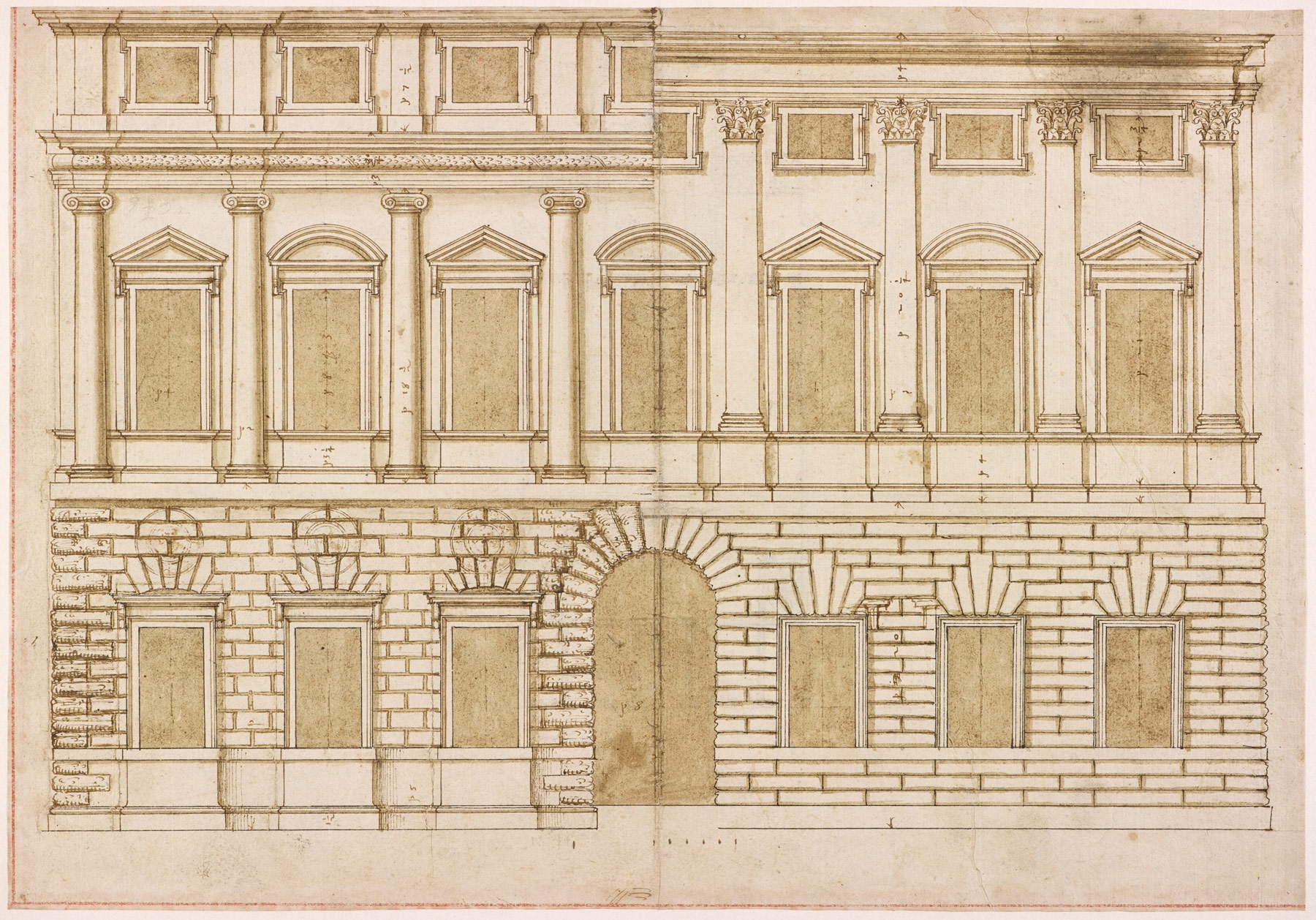

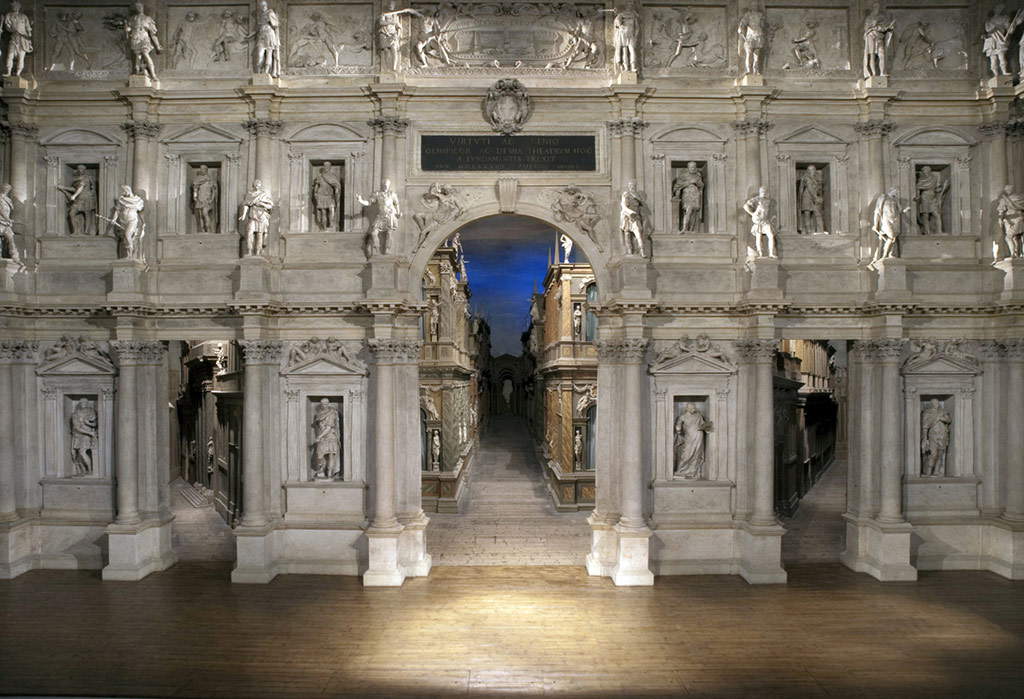

The artist who transformed the face of Vicenza to the greatest extent was Andrea Palladio, who looked to the ancient in his architecture. What contribution did Palladio make to the city of Vicenza and what relationship did the city have with the ancient?
Unlike Verona or Pula, there are very few ancient remains in Vicenza, although in the 500s the Roman theater at Berga was better legible than it is today. The city’s relationship with the Ancient is more conceptual than physical, then, one might say along the lines of the interests of a Petrarch or a Dondi dellOrologio in the even material aspects of ancient life: it is no accident that books such as Leonardo Porto’s De sestertio (1520), which is the first study of ancient coins, and Giulio Barbarano’s Promptuarium (1569) are published. This tension to revive the ancient finds its first concretization with the summoning of Giulio Romano to the city by the city council and, as mentioned above, with the setting up of the ephemeral apparatuses for Ridolfi’s entrance, consisting of triumphal arches, allantica temple pronai, obelisks, colossal statues, and chiaroscuro paintings. In fact, this ephemeral “old-fashioned” Vicenza prefigures the direction of Palladio’s activity in the following decades, committed to transforming the old-fashioned custom of Gothic buildings in his own city into public and private buildings exemplified on the architecture of ancient Rome. In the decades that followed, it is as if the festive wood and stucco apparatus became petrified, becoming permanent, and this is a key to explaining why Palladio’s Vicentine buildings have distinctly figurative characters, true talking architectures with story panels, stuccoes, and statues, unprecedented in sixteenth-century Veneto. The Olympic theater, Palladio’s last work left unfinished by his death inAugust 1580, seems an inevitable landing place. The structure of the scene is triumphal, speaking, dominated by bas-reliefs of the stories of Hercules and statues of the Academicians, clad in allantica cloths to represent themselves as Romans.
How is the exhibition structured and what aspects are most intended to be highlighted?
The exhibition itinerary is structured in three sections: the first, mentioned earlier, dedicated to the artistic rebirth of the city in about 1550. The visitor immediately gets acquainted with the characters (patrons and artists) who will accompany him on this journey. Among the patrons we have chosen those who seemed to us the most significant: first and foremost the Porto couple, brought together for the first time in Vicenza with the loan of the canvas with Iseppo Porto from the Uffizi Galleries and Livia Thiene from the Walters Art Museum in Baltimore. Alongside them will be another pair of illustrious Vicentine artists, the Gualdo di Giovanni Antonio Fasolo couple from the Pinacoteca Civica di Palazzo Chiericati, in an effort to also enhance local heritage, which is too often forgotten, in this way. The four artists symbolic of the city’s rebirth are presented immediately afterwards with works of the highest quality: Paolo Veronese’s exceptional loan of the Portrait ofDavid from the Kunsthistorisches Museum in Vienna, which features a building evocative of the Basilica Palladiana in the background; Alessandro Vittoria’s first allantique bust depicting the Vicenza jurist Giovanni Battista Ferretti, a commission given to him by Daniele Barbaro, who would shortly thereafter commission Palladio and Veronese to create their masterpiece, the villa at Maser; Jacopo Bassano’s Adorationof the Shepherds, with which we become acquainted with his assimilation of the Parmesan manner in these crucial years; a model of the Palazzo Chiericati, a revolutionary work by Andrea Palladio, commissioned in 1550. We then move on to the second section, where some crucial themes of the creative process of these four great artists who changed the face of the city and the Vicenza area are investigated: it will be possible to see how Palladio investigated the ancient within his projects; how Bassano used an engraving of Agostino Veneziano from the Spasimo of Sicily for his Christ Carrying the Cross in the Fitzwilliam Museum in Cambridge; how Veronese, starting from a drawing by Parmigianino, gave life to one of his masterpieces, the Madonna and Child with Saints in the Pinacoteca di Palazzo Chiericati. It is once again a defining work of the city’s heritage, which will undoubtedly appear in a new light thanks to this loan by the Teylers Museum in Haarlem of the drawing by the great Emilian artist. However, the theme of the creative process is also investigated from the side of the transition from the project to the finished work. It will be interesting for this reason to take a close look at the drawings of Veronese and Palladio, conceived as a system of continuous variants, and that of Jacopo Bassano, which focuses on a single figure, used in the so-called Pastorale (The White Horse) in the Museum of Fine Arts in Budapest. Also new to the exhibition is a focus on sketches and models, a new tool used by sixteenth-century artists for both intrinsic and extrinsic design reasons related to presentation to clients. Finally, the creative process was also investigated on the, so to speak, opposite front, that of replication. In the Renaissance, and in pre-Romantic eras in general, not too much importance was attached to the concept of originality. The case is illustrated by the pair of Adorations of the Magi from the Barber Institute of Fine Arts in Birmingham and the Kunsthistorisches Museum in Vienna: both masterpieces to the highest degree of authorship by Jacopo Bassano and, at the same time, replicas of the same idea. A further in-depth study is then devoted to the importance of drawing from sculptures, an indispensable tool for learning to depict an object in three dimensions: in a highly theatrical and evocative setting, the Portrait of Palma the Younger from the Birmingham Museum, whose background features ancient sculptures that were very famous at the time and employed by Venetian artists as models, will be surrounded by the same marbles, plaster casts and drawings represented in the painting. The third section, on the other hand, is a wide-ranging reflection on the art market and especially on the costs of art in the Renaissance: today there is a tendency to underestimate the importance that the raw material had in the valuation of a work of art, which is absolutely greater than it is in the contemporary. Just think of digital works, which in recent auctions are breaking all records! This was not the case in the Renaissance. Using some well-documented works from the account book of the Bassano workshop, and others, as a term of comparison, we tried to compare them with others that today arouse less public attention, such as the rock crystal cross by Valerio Belli from the Vatican Museums, the larazzo on a design by Andrea Schiavone for the Basilica Marciana etc., but also with the ancient Roman marbles from the Bevilacqua collection in Verona, at the time probably the most important in the Venetian mainland. The result was surprising. To give just one example: one of the most fascinating Venetian paintings in the Louvre, Jacopo Bassano’s Portrait of Two Dogs Tied to a Log, cost a derisory amount of money just because it was a small painting with few figures.
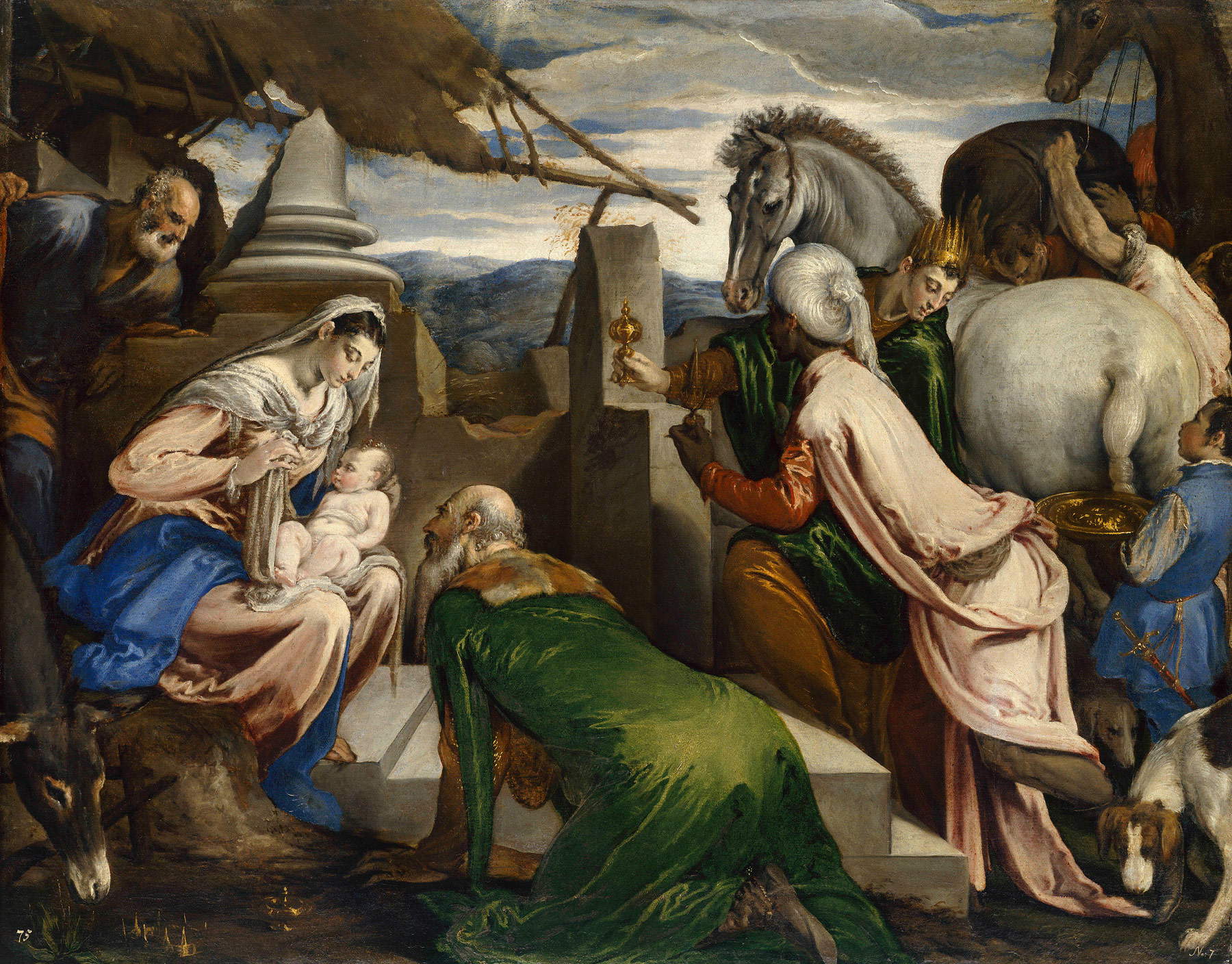 Jacopo Bassano, Adoration of the
Jacopo Bassano, Adoration of the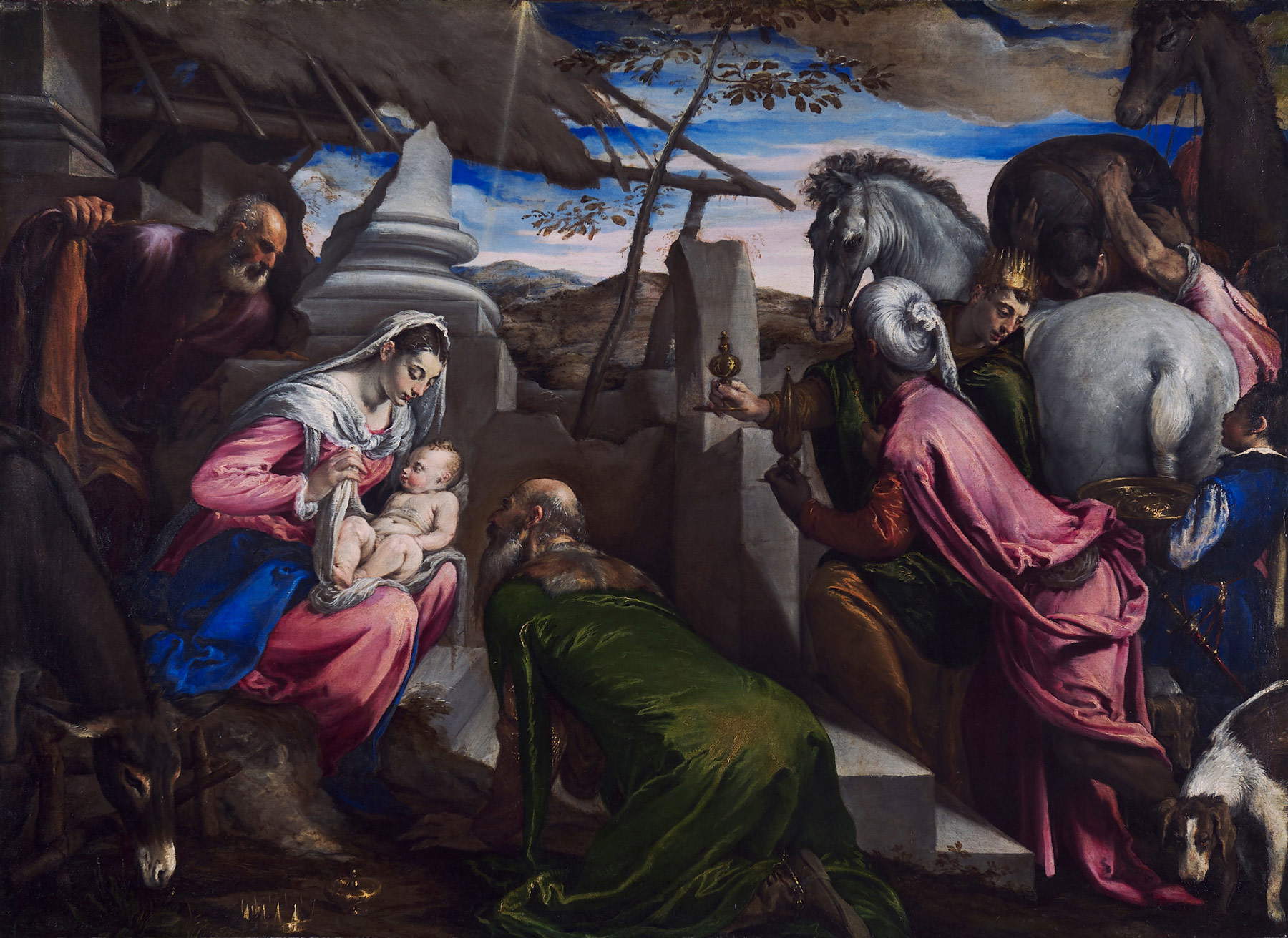

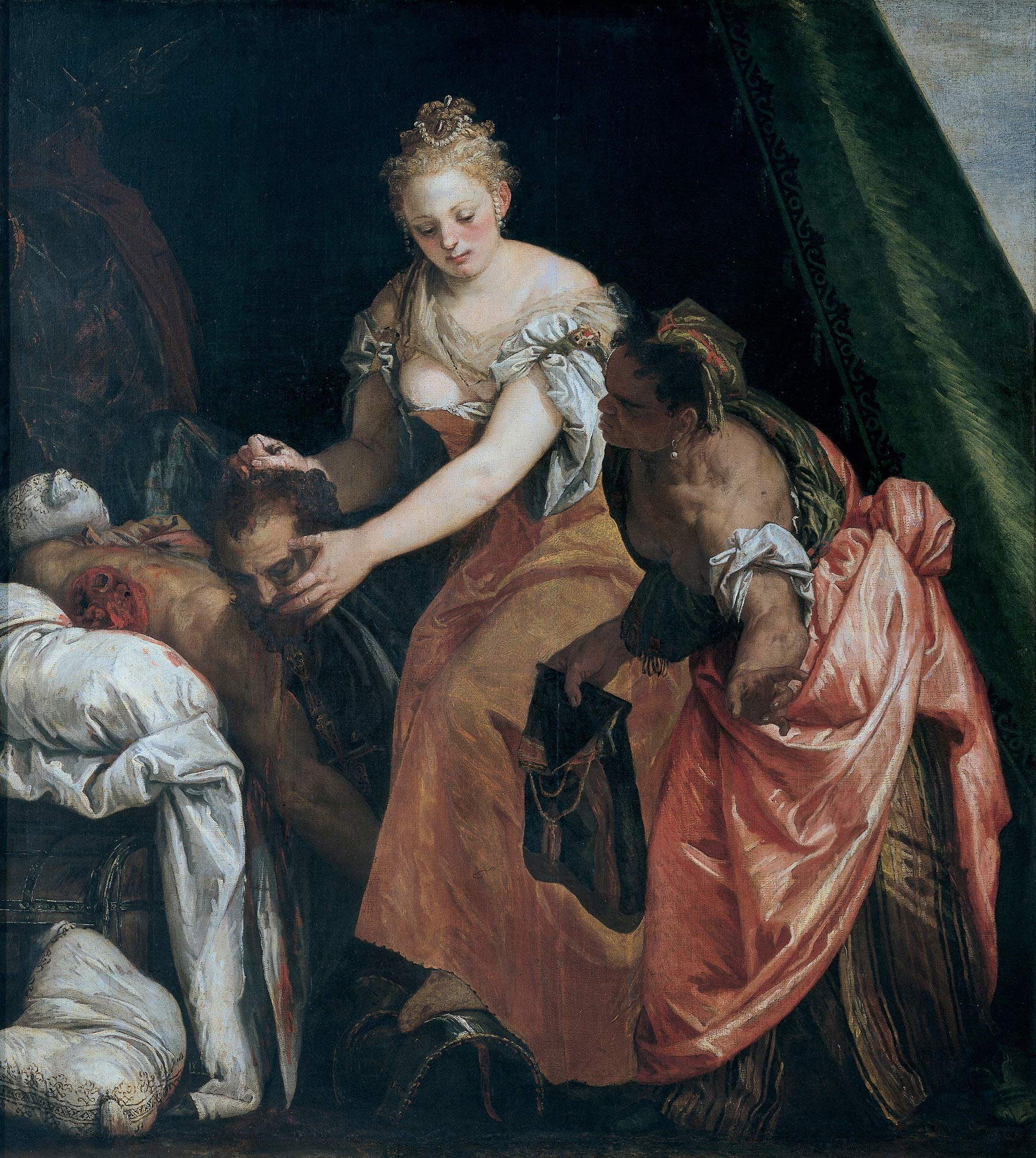

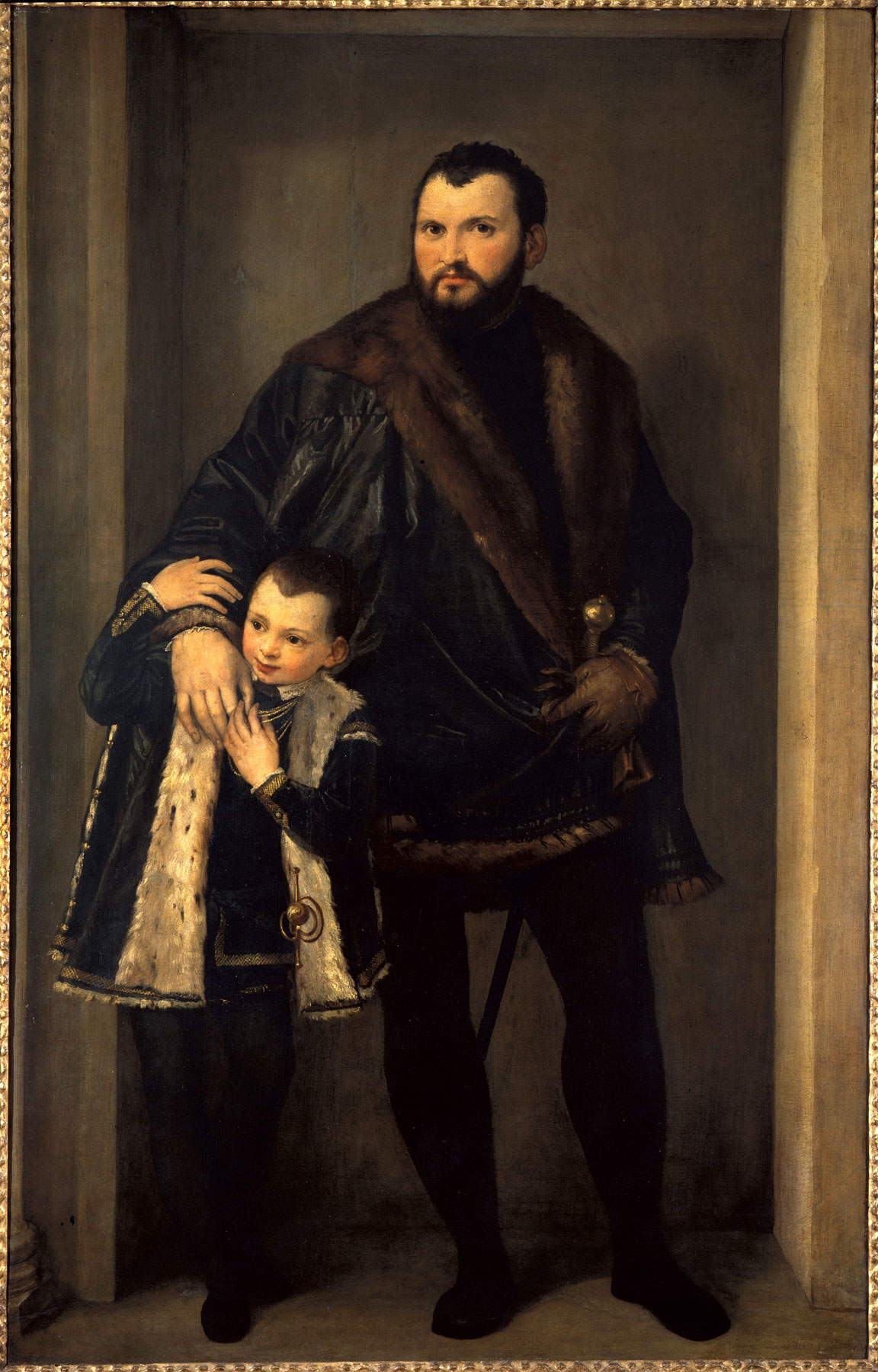

What new features does the exhibition offer? One aspect that is little considered and that this exhibition intends to present instead has to do precisely with the art market. Can you explain more about this aspect?
The third section represents a novelty because the significance of darte works will be complemented by the visualization of their social and economic value. This survey, which has been rendered in a graphically entertaining and appealing way, is actually the result of a historical economic study on the society of the time, carried out by Edoardo Demo with the help of Giulio Ongaro. In order to give an extreme summary of the value of works of art in pre-industrial society, that is, in a society hardly comparable to our own, a term of comparison was identified in a widely used commodity such as the mezanotto pig, that is, a pig of intermediate value of about 3 ducats. In this way it will be possible to quickly compare different types of objects, a book, a shirt etc. with works of art and immediately understand how they were valued at the time.
What are the most significant works in the exhibition?
The important loans are many and it would do some institutions a disservice to mention only a few. Suffice it to mention that the museums that have put their trust in our project are the most important in the world. Certainly the exhibition will represent a unique opportunity, as mentioned, to see the portraits of Mr. and Mrs. Porto from the Uffizi Galleries and the Walter Art Gallery in Baltimore, reunited in Vicenza for the first time; to see the two Adorations of the Magi by Bassano from Birmingham and Vienna, identical masterpieces, side by side. Among these works, however, the sketch with of Judith with the Head of Holofernes from the Soumaya Museum in Mexico City, which was generously pointed out to us by Xavier Salomon, deputy director of the Frick Collection in New York, deserves special mention. A work that has long been known, but because of its location has been essentially forgotten by scholars. Being able to examine it in comparison with the monumental canvas in the Palazzo Rosso in Genoa will surely allow us to take a step forward in our knowledge of Paolo Veronese, one of the greatest artists of the 16th century Veneto, whose two portraits left a lasting mark on Vicenza art.In conclusion, three reasons why the public should see the exhibition.
A first reason, which might seem trivial, is the fact that, for the first time in an exhibition on the Venetian Renaissance, there will be a close dialogue of the three arts: architecture, painting and sculpture. Something similar had only been attempted with the 1983-1984 exhibition The Genius of Venice 1500-1600, though without architectural drawings being displayed in the halls of the Royal Academy of Arts in London. Secondly, one will be able to enter into the creative process of these great Venetian artists, admiring the points of contact and differences in their way of inventing. Finally, and this is perhaps the reason for the greatest novelty, one will be able to gain a greater awareness than we know today of the cost and value of art in the society of the time. However, this is not only a mere economic analysis, but also a reflection on the works of art as valuable evidences of changing taste throughout the centuries.
Warning: the translation into English of the original Italian article was created using automatic tools. We undertake to review all articles, but we do not guarantee the total absence of inaccuracies in the translation due to the program. You can find the original by clicking on the ITA button. If you find any mistake,please contact us.